Starting a blog can be a great way to share your ideas, expertise, or interests with the world. Here are the basic steps to get started: Starting a blog takes time, effort, and commitment, but it can be a rewarding experience that allows you to express yourself and connect with others who share your interests.
Choose A Blogging Platform:

When it comes to choosing a blogging platform, there are many options available, each with its own set of features and benefits. Here are some of the most popular blogging platforms to consider:
- WordPress: WordPress is a free and open-source content management system (CMS) that powers more than 40% of websites on the internet. It offers a wide range of features and customization options, making it a popular choice for bloggers of all levels.
- Blogger: Blogger is a free blogging platform owned by Google. It’s easy to use and requires no technical skills to get started. However, it has fewer features and customization options compared to other platforms.
- Wix: Wix is a website builder that allows you to create a blog using drag-and-drop tools. It’s beginner-friendly and offers a wide range of design templates and customization options.
- Squarespace: Squarespace is a website builder that offers a range of templates specifically designed for blogging. It’s known for its modern and sleek design options and user-friendly interface.
- Medium: Medium is a publishing platform that allows writers to share their ideas and connect with readers. It offers a simple and clean interface and a built-in audience of readers who are interested in thought-provoking content.
When choosing a blogging platform, consider your goals, technical skills, budget, and level of customization you require. All of these platforms are popular and widely used, so take some time to research and find the one that best fits your needs.
Choose A Domain Name:
When choosing a domain name for your blog, it’s important to choose a name that is memorable, easy to spell, and relevant to your blog’s topic or niche. Here are some tips to help you choose a domain name for your blog:
- Keep it short and simple: Shorter domain names are easier to remember and type. Avoid using long or complicated domain names that are difficult to spell or remember.
- Make it easy to spell: Choose a domain name that is easy to spell and doesn’t require hyphens or other special characters.
- Choose a relevant name: Choose a domain name that reflects the topic or niche of your blog. This will make it easier for readers to understand what your blog is about and help attract the right audience.
- Avoid trademarked names: Make sure your domain name doesn’t infringe on any trademarks or copyrights. Check the availability of the name using a domain registrar to ensure it is not already in use.
- Consider using keywords: Consider using relevant keywords in your domain name to help improve your blog’s search engine rankings.
- Choose the right domain extension: Consider the various domain extensions available, such as .com, .net, .org, or country-specific extensions. Choose the one that best fits your needs and target audience.
Remember, your domain name is an important part of your brand and online identity, so take some time to choose a name that represents you and your blog.
Choose A Hosting Provider:

When choosing a hosting provider for your blog, there are a few key factors to consider, including:
- Uptime reliability: Choose a hosting provider that offers high uptime reliability, meaning your website will be accessible to visitors as much as possible.
- Speed and performance: Choose a hosting provider that offers fast server speeds, which can improve your website’s loading time and overall performance.
- Customer support: Choose a hosting provider that offers reliable and responsive customer support in case you encounter any issues or technical difficulties.
- Security features: Choose a hosting provider that offers robust security features, including SSL certificates, firewalls, and malware detection, to help protect your website and data from cyber threats.
- Cost: Consider the cost of hosting and make sure it fits within your budget.
Some popular hosting providers for bloggers include Bluehost, Site Ground, HostGator, and WP Engine. Each of these providers offers different plans and features, so take some time to research and find the one that best fits your needs and budget.
Install Your Blogging Platform:
Once you’ve chosen a blogging platform and a hosting provider, the next step is to install your blogging platform. Here are some general steps to follow:
- Log in to your hosting account: Log in to your hosting account’s control panel or dashboard. This will vary depending on your hosting provider, but most providers will have a user-friendly interface for managing your website.
- Choose your platform: Depending on your hosting provider, you may have the option to install your blogging platform directly from the control panel. Look for an option to install WordPress, for example, and follow the prompts to set it up.
- Download and install: If your hosting provider doesn’t offer a one-click installation option, you’ll need to download your blogging platform from the provider’s website and install it manually. Follow the instructions provided by your blogging platform to install it on your server.
- Configure your settings: Once your blogging platform is installed, you’ll need to configure your settings, including your site title, description, and permalink structure. This will vary depending on your platform, but most will have an easy-to-use interface for making these changes.
- Customize your design: Finally, you’ll want to customize your blog’s design to make it your own. Most blogging platforms will offer a range of themes or templates to choose from, or you can create your own custom design using CSS or HTML.
Remember to keep your blog’s goals and audience in mind as you install and customize your blogging platform. A clean and user-friendly design, along with high-quality content, can help attract and retain readers.
Choose A Theme or Design
Choosing a theme or design is an important step in creating a blog that is visually appealing and engaging for your audience. Here are some tips to help you choose a theme or design for your blog:
- Consider your niche: Choose a theme or design that fits with the niche or topic of your blog. For example, if you’re running a fashion blog, you might want a theme with lots of images and a modern, sleek design.
- Look for customization options: Look for a theme or design that allows you to customize the layout, color scheme, and fonts to match your brand and style.
- Check for responsiveness: Choose a theme or design that is responsive and looks good on all devices, including desktops, tablets, and mobile devices.
- Consider page speed: Choose a theme or design that is optimized for page speed, as faster-loading pages can improve your website’s user experience and search engine rankings.
- Look for support and updates: Choose a theme or design that is well-supported and regularly updated by the developer, as this can help ensure compatibility with the latest versions of your blogging platform and security features.
There are many places to find themes and designs for your blog, including your blogging platform’s official marketplace, third-party marketplaces, and independent developers. Take some time to browse through your options and find a theme or design that best suits your needs and style.
Start Creating Content:
Once you have set up your blog, the next step is to start creating content. Here are some tips to help you get started:
- Define your target audience: Before you start creating content, define your target audience. This will help you create content that is relevant and valuable to your readers.
- Choose your topics: Choose topics that are relevant to your niche and interesting to your readers. Brainstorm ideas and do some research to find out what your target audience is interested in.
- Create a content calendar: Create a content calendar to plan your content and stay organized. Decide on the frequency of your posts and create a schedule for when you will publish each post.
- Write high-quality content: Write content that is informative, engaging, and well-written. Use headlines, subheadings, and bullet points to make your content easy to read and scan.
- Optimize for search engines: Use search engine optimization (SEO) techniques to optimize your content for search engines. Use relevant keywords, meta descriptions, and internal links to improve your rankings in search engine results pages (SERPs).
- Use visuals: Use images, videos, infographics, and other visuals to make your content more engaging and visually appealing.
- Promote your content: Promote your content on social media, email, and other channels to reach a wider audience and drive traffic to your blog.
Remember to be consistent in creating and publishing content, as this can help build your readership and establish your blog as a trusted source of information in your niche.
Promote Your Blog:
Promoting your blog is essential to reach a wider audience and drive traffic to your website. Here are some effective ways to promote your blog:
- Share your posts on social media: Share your blog posts on your social media platforms such as Facebook, Twitter, LinkedIn, and Instagram. Use relevant hashtags and tag other users to increase visibility.
- Guest post on other blogs: Reach out to other blogs in your niche and offer to write a guest post. This can help you reach a new audience and build backlinks to your blog.
- Comment on other blogs: Engage with other blogs in your niche by commenting on their posts. This can help you build relationships with other bloggers and drive traffic back to your blog.
- Use email marketing: Build an email list and send regular newsletters to your subscribers. This can help you keep your audience engaged and drive traffic back to your blog.
- Collaborate with other bloggers: Collaborate with other bloggers in your niche by hosting webinars, doing interviews, or co-authoring blog posts. This can help you reach a wider audience and build relationships with other bloggers.
- Participate in online communities: Join online communities in your niche such as forums, Facebook groups, and LinkedIn groups. Participate in discussions and share your blog posts when relevant.
- Use paid advertising: Use paid advertising platforms such as Google AdWords or Facebook Ads to drive traffic to your blog. This can be a cost-effective way to reach a new audience.
Remember, promoting your blog is an ongoing process, and it may take time to see results. Focus on building relationships with your audience and engaging with other bloggers in your niche, and over time, you will see your blog grow.
Conclusion
Starting and running a successful blog requires time, effort, and dedication. Choosing the right platform, domain name, and hosting provider are important first steps, but creating high-quality content and promoting your blog are equally crucial. Remember to define your target audience, plan your content, and use SEO techniques to optimize your content for search engines. Building relationships with other bloggers in your niche and engaging with your audience on social media and through email marketing can also help you reach a wider audience and build a successful blog. With patience and persistence, your blog can become a valuable resource for your readers and a source of income for you.




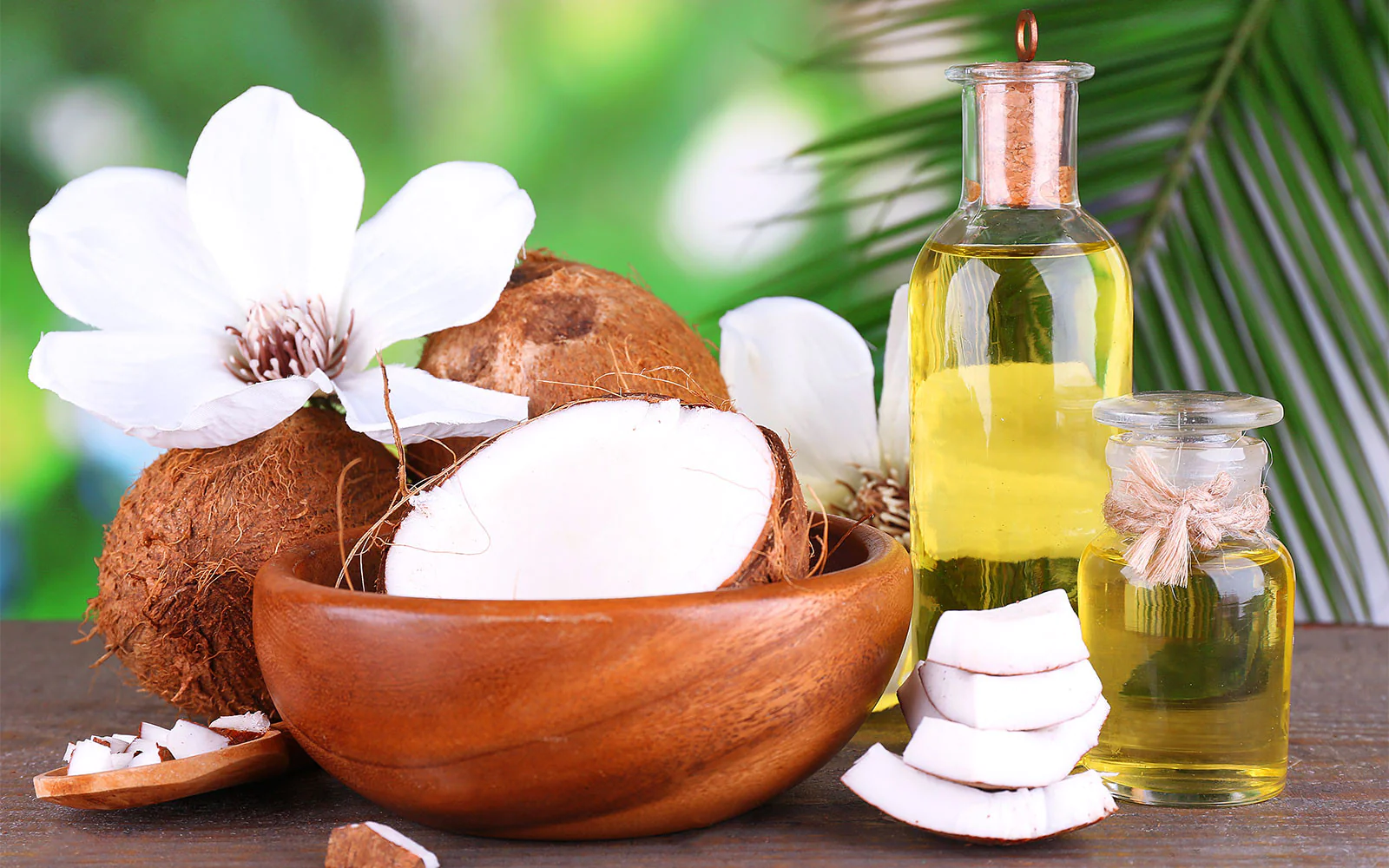
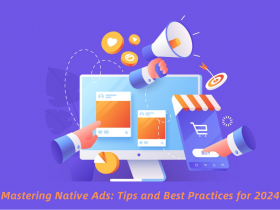
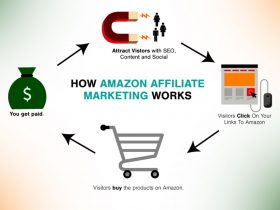





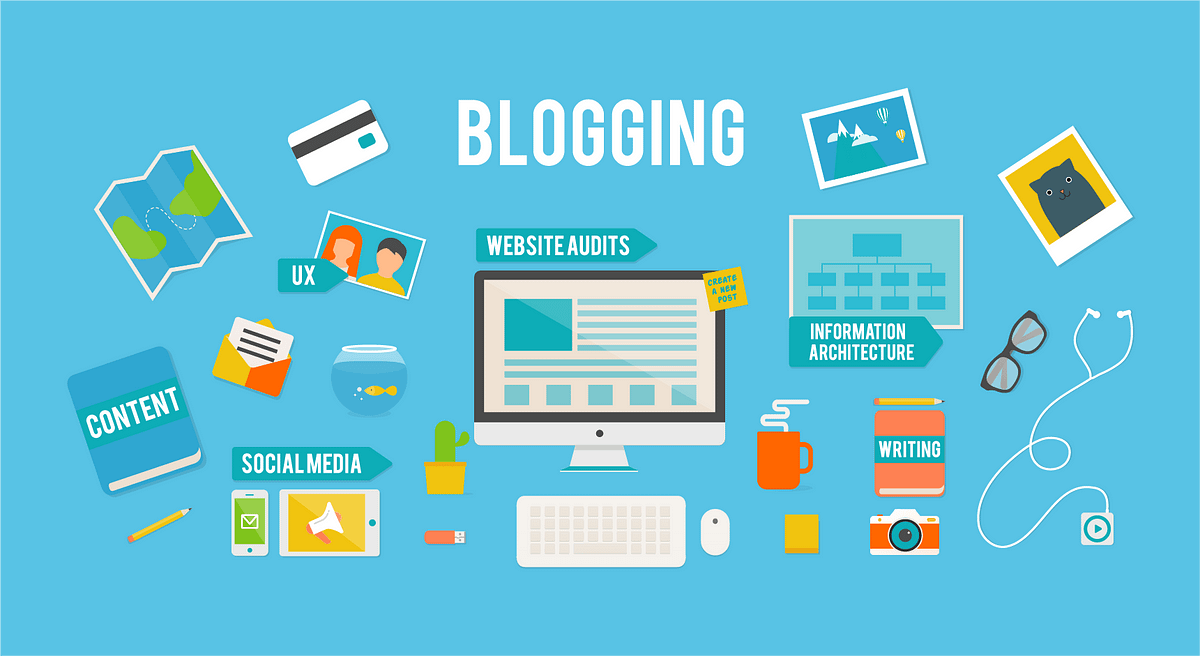





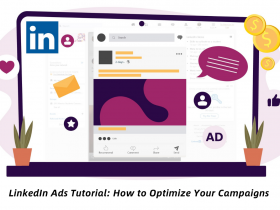
Leave a Reply